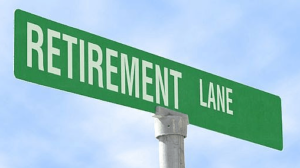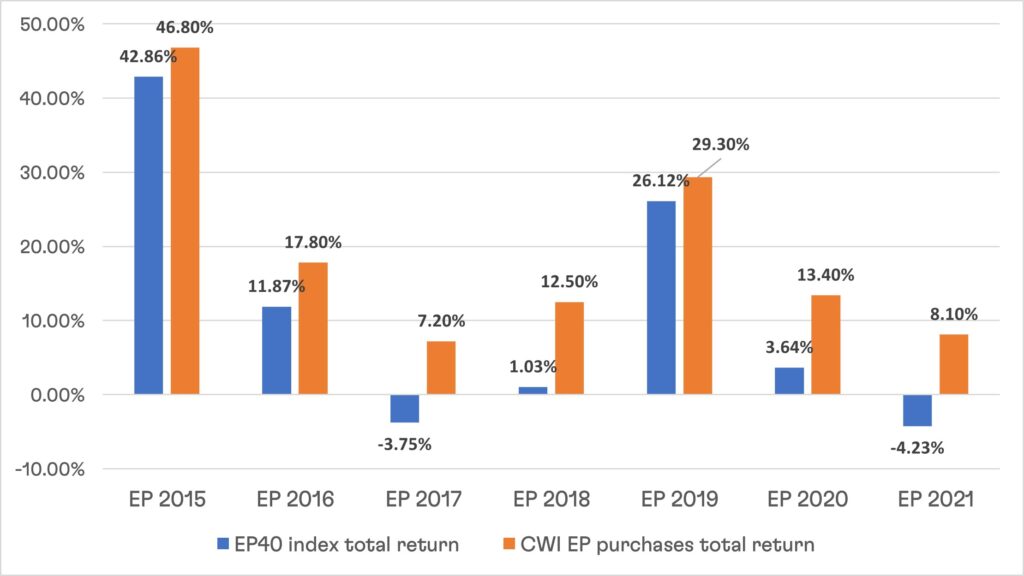My latest MoneySense Retired Money column looks at our own family’s experience in starting to annuitize. Click the highlighted text for the full column: Should retirees in their early 70s partly annuitize?
Apart from the fact interest rates are now closer to 5% than zero, my wife and I are approaching the time when our RRSPs must be collapsed, converted to RRIFs, or fully or partly annuitized. That of course is required by the end of the year you turn 71.
One financial blogger and financial planner was ahead of the curve on rates and annuities. A year ago, on his Boomer & Echo blog, Robb Engen made the case for annuities just as interest rates were starting to rise. See Using annuities to create your own personal pension in Retirement. “Annuities fell out of favour (if they ever were in favour) when interest rates plummeted over the past 10-15 years,” he wrote, “But with interest rates on the rise, annuities are certainly worth another look.”
Engen’s case for annuities revolves around how they minimize longevity risk: the fear many retirees have that they’ll outlive their money. “An annuity provides a predictable income stream for life – much like how a defined benefit pension, CPP, and OAS pays benefits for as long as you live. Nothing protects you from longevity risk quite like having a guaranteed income that’s paid for life.”
Those who lack an employer-sponsored Defined Benefit pension plan and therefore have hefty RRSPs are particular candidates for annuitization. Yes, it’s true that most Canadians will have some inflation-indexed annuities in the form of the Canada Pension Plan (CPP) and Old Age Security (OAS) but some may feel comfortable transferring a bit of stock-market and interest-rate risk from their own shoulders to that of the insurance companies that offer annuities.
With respect to the interest rate rises of the past year and what it means for annuities, “I agree that the timing is ripe for those approaching retirement,” says Rona Birenbaum, founder of Toronto-based Caring for Clients, a financial planning firm that includes annuities in its recommendations.
Birenbaum – who is working to help our own family take a partial plunge to annuitization – suggested looking first to non-registered money that could be earmarked for an annuity, as it’s very tax efficient. Alterntively, “using RRSP assets makes sense providing the lack of liquidity doesn’t constrain future needs.”
Moshe Milevsky a fan of “slow partial” annuitization
Famed finance expert Moshe Milevsky, who has authored several books on retirement and annuities – notably Pensionize Your Nest Egg, coauthored with Alexandra Macqueen — told me in an email that “I will say that I have grown to become a fan of ‘slow partial’ as opposed to ‘rapid full’ annuitization, which helps smooth out the interest rate risk and is even more valuable from a behavioral psychological perspective.” Continue Reading…









